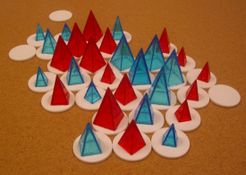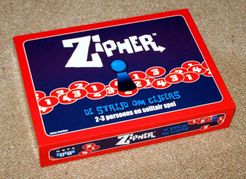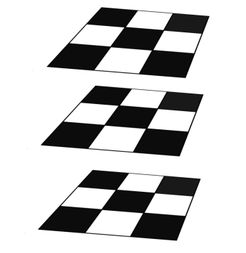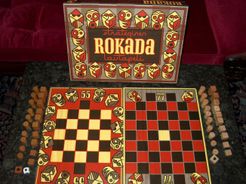|
Advertisement
|
Um dyar

DescriptionA manqala game. From Wikimanqala: Um dyar (enmediar, manddiaré, umdiyar, um ed-dyar) is played by the Hassaniya-speaking population in western Mauritania, for instance in Boutilimit (Trarza province) and in Moudjéria (Tagant). Hassaniya is an Arab dialect heavily influenced by Tamazigh, a Berber language, that originated in the 15th century. At this time the Yemenite Beni Hassan tribe migrated to north-western Africa and subdued the indigenous Berber tribes over a period of 300 years. Hassaniya is today spoken in the western Sahara, from Niger to Mauritania. They constitute the majority of the population in Mauritania and southern Morocco. The Hassaniya call this region Trab el Bidan, i.e. '"Land of White People", in contrast to Bilal al Sudan, or "Land of Black People". Rules: The board is made of two rows of an even number of holes, between 2 and 12. Each player controls the holes on his side of the board. Usually you don't play just a game, but a match. Game DiscussionsAdd CommentYou need to be logged in to comment. Insert Bullet List Please enter at least one item. Item: Item: Item: Item: Item: Insert Numeric List Please enter at least one item. Item: Item: Item: Item: Item: Insert Link Please enter the link of the website Optionally you can add display text Insert Email Please enter the email address Optionally add any display text Insert Image Please enter the link of the image Insert YouTube Video Please enter the link of the video MarketplaceNo listings at the moment. Do you own this game? Click here to list it for sale.
|
Best Sellers
Board Games
|
||||
Latest Searches: aliens another day in the corps | greys anatomy monopoly | pie smach in the face | wiffle board | Slither is | POWER RANGERS MIGHTY MORPHIN POWER MORPHER | Cape may-opoly | Travel size upwords | big bird | driver education | pi in face | magic the garhering | roll fo rit | Loopit | Surfing | Trivial+pursuit+Harry+potter | glow ball | West+Bank+opoly | Das magische labirint | nightcrawler | Hasbro’s Pie Face | whitechapel a jack the ripper | Disney+playing+card | transformers+studio+series+long+haul | traffic | hungry hippos marbles | the game of 99 | star wars x-wing miniatures | Batman Inc. Expansion | The Castles of Burgundy: 6th Expansion
All Rights Reserved











Comments (0)